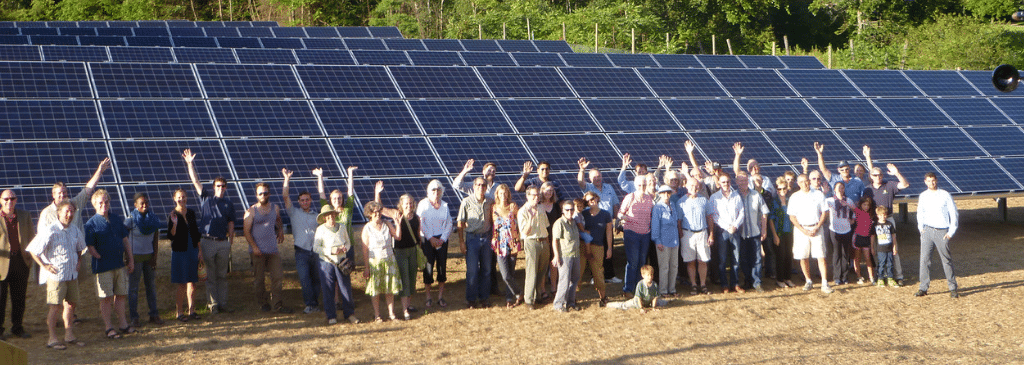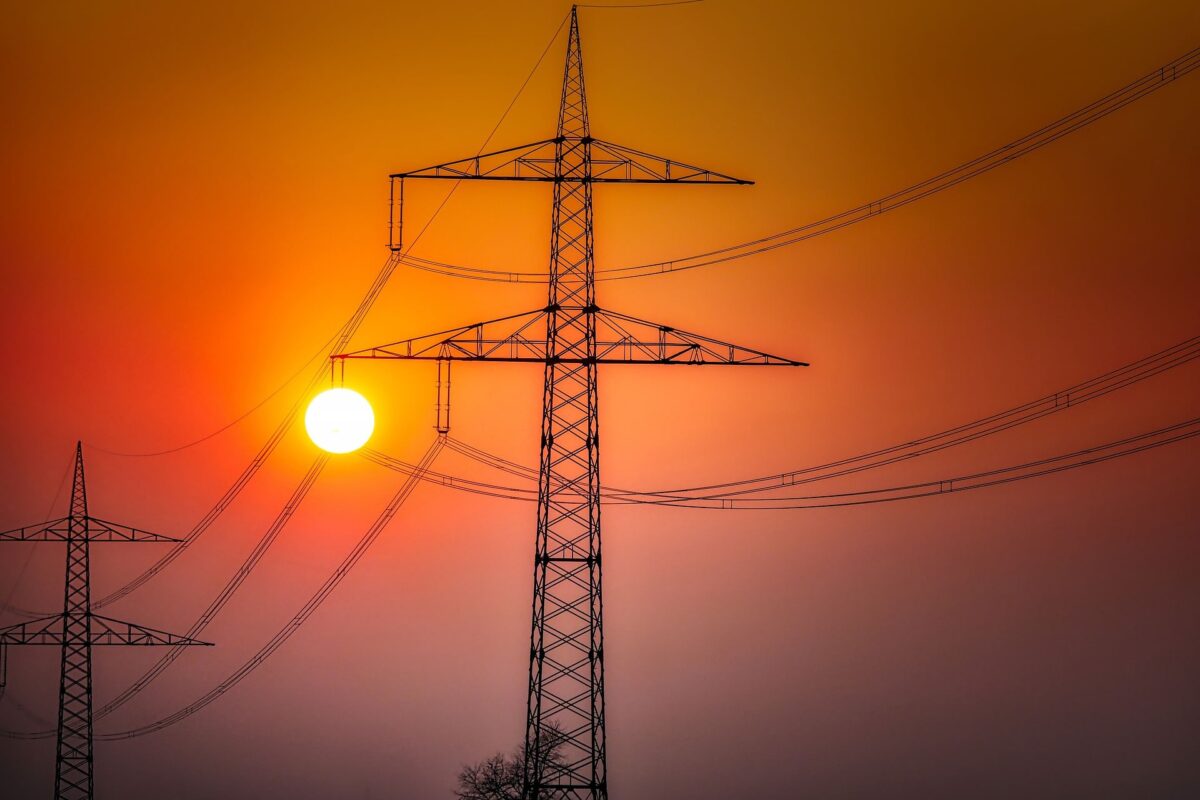Can new federal legislation help bring solar access to everyone?
By conservative estimates, 75% of Americans can’t put solar panels on their roof. The U.S. Department of Energy’s National Renewable Energy Laboratory (NREL) came out with that oft-cited figure in 2008, and in a more recent study found that nearly 50% of households and businesses are “currently unable to host a PV system” — not including renters, those without enough roof space, and those who don’t own their own roof, all of which make up a hefty chunk of the population. GTM Research puts the number even higher, at close to 85%.
Community solar, sometimes known as shared solar, has long seemed to be the fix for this persistent problem. It lets anyone purchase solar power from an array in their community, or some other central location.
As a former condo dweller, I’ve been following community solar since 2010, during which time it’s always seemed on the verge of taking off. But even top community solar states like Minnesota have faced significant hurdles, only 14 states and the District of Columbia even have community solar policies, and some of the programs in place may not be structured for success.
Now, new legislation in the U.S. Senate aims to help move community solar forward throughout the country. Senators Michael Bennet (D-CO) and Martin Heinrich (D-NM) introduced the Community Solar Consumer Choice Act of 2017 (S 1670) last Thursday, to coincide with the First Annual Community Solar Summit hosted by the Coalition for Community Solar Access (CCSA).
S 1670 makes permanent the existing Department of Energy Community Solar Market Pathways program, which promotes community solar by developing and implementing programs, identifying best practices, standardizing community solar models, and providing technical assistance for the programs.
Jeff Cramer, Executive Director of CCSA, notes that development of community solar programs can be complicated, requiring substantial resources and expertise. The bill allows the federal government to provide the expertise it’s already gained to help local governments set up their programs. “Community solar requires lots of different stakeholders to work together,” says Cramer. “This fills a gap where the federal government can lend a helping hand with existing resources, and it doesn’t cost anything.”
Access to all is key in community solar, and the bill also includes provisions for boosting community solar in low-income communities.
Community solar requires legislation at the state level. There’s a limited amount the federal government can do, but S 1670 encourages federal government participation in community solar nationwide.
Given that it’s the country’s largest buyer of goods and services, Cramer says, in the long term this could provide a significant opportunity to expand access to community solar. Having the very credit-worthy federal government as an anchor tenant in a project, he notes, can make the project more affordable for others. The bill also gives energy managers across the government the authority and encouragement to participate in community solar.
While a lot of the vernacular around community solar focuses on access, Cramer believes that a more powerful message is that for those 80% or so who don’t have a choice in where they get their energy, community solar provides them that choice.
With or without the federal government, community solar may finally be ready for liftoff. GTM Research predicts that community solar installations will climb to more than 410 MW this year, with 500 MW being installed each year by 2019 — a big jump from just 66 cumulative MW installed at the end of 2014. An extra push from the federal government may be well timed, assuming the bill becomes law. Given that S 1670 doesn’t add any costs, it may just have a chance.
This content is protected by copyright and may not be reused. If you want to cooperate with us and would like to reuse some of our content, please contact: editors@pv-magazine.com.








This would be huge, but yes, as you note, community solar is taking of independent of formal enabling legislation.